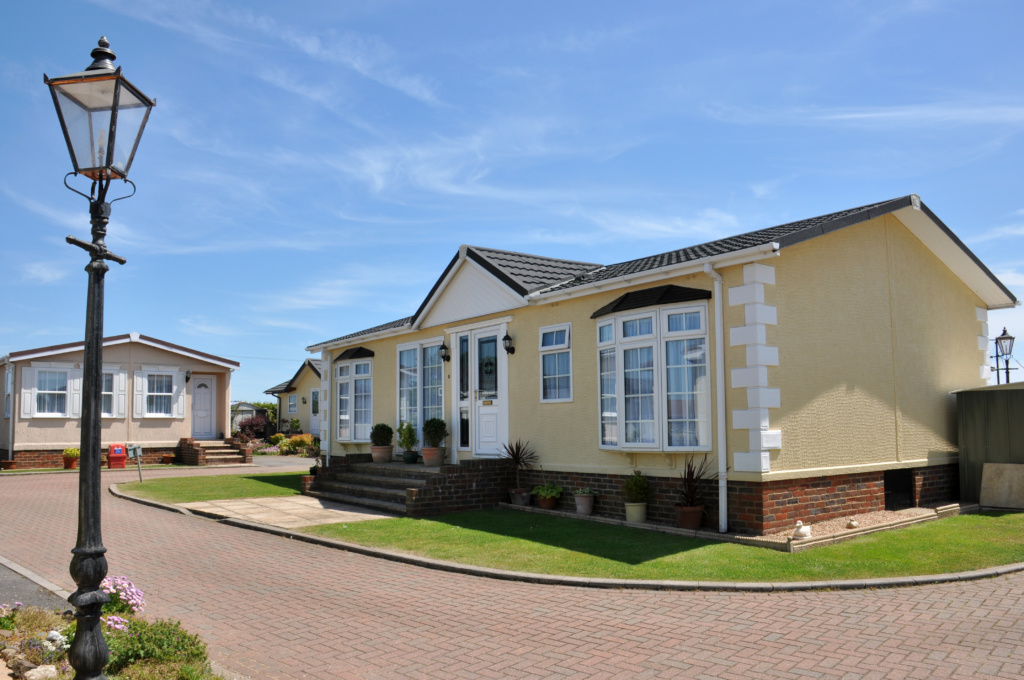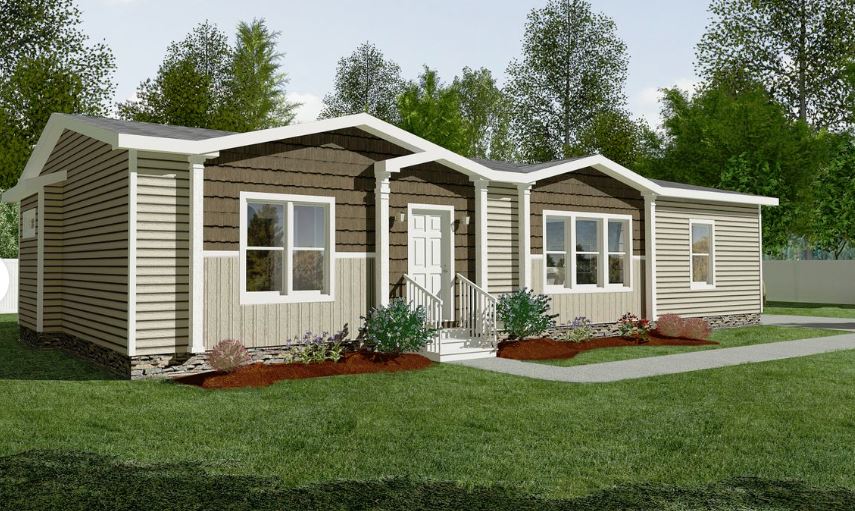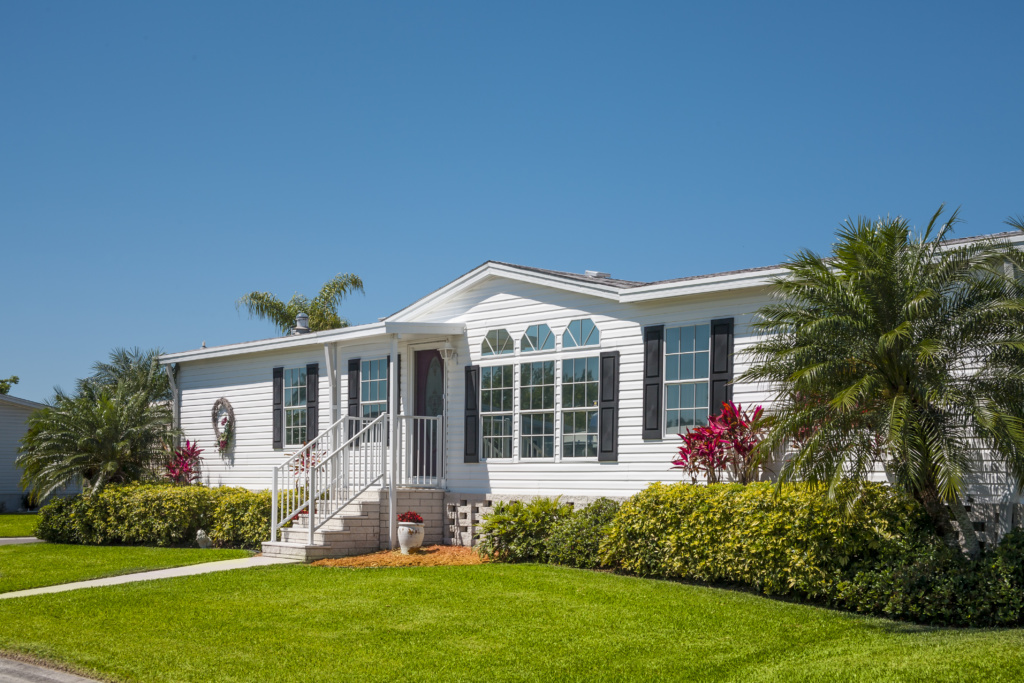Rethinking Modular Homes
Article By Hannah Holbrook
Modular homes have always been an affordable housing solution, but in recent years, the industry has been transformed by manufacturers that believe luxury and affordability can coexist. Contrary to what many people think, modular homes are not classified as mobile homes or manufactured homes. They are typically less expensive than site built homes, they are constructed more quickly, they offer more financing options, and their quality in recent years has shot up through the roof. Today, depending on the builder, you can find modular homes with a variety of fun floorplans, hardwood flooring, fireplaces, sliding barn wood doors, recessed lighting and skylights, walk-in closets, granite counter tops, Jacuzzi tubs, and other elevated style options. These homes are often advertised as modern, energy efficient and cost-saving as they are built in as little as a few months in a manufacturing setting. Modular homes are manufactured in pieces, complete with electrical finishing’s, wall color choices and windows- and delivered and assembled on site. Modular homes are typically built in two sections, but depending on the size of the home, can be built in up to five sections. These sections are transported to the land and joined together on a permanent foundation by a local contractor.
What are the benefits of modular homes?
- Modular homes are constructed with the same quality materials as site built homes, however, modular home builders often purchase materials in bulk at reduced prices, which leads to big savings for new homeowners.
- Modular homes appraise the same as their on-site built counterparts do; they do not depreciate in value.
- Modular homes are placed on a permanent foundation and are therefore considered “real property” just like site-built homes in the state of Texas.
- Because modular homes are built in climate controlled home building facilities, the efficient assembly line process and minimized weather delays cut back the time it takes to build a modular home in comparison to site built homes.
What are the disadvantages of modular homes?
- While modular homes have many benefits, the chief one being their lower costs, it is important to note that the more complex the design and specs, the more your home will cost. Electrical, plumbing and duct work are often not factored into the initial pricing, so your final cost may be 20 percent more than the builder’s quote. You might also need to install a septic system, natural gas or a basement; these, too, will add to your bottom line.
- Oftentimes modular homes have a more complicated loan process. A mortgage for a stick built home is something that more people are familiar with, but the payment process for a modular home involves a few more steps. The builder will want to be paid in full before the home is finished, and will often want periodic payments to finance the building process. You may need to get a construction loan to first pay the builder, which will be changed to a regular mortgage after the home has been completed.
- While the modular home may cost less to build, you are still going to need to purchase a piece of land to build the home on. The cost of land combined with a house can be a bit shocking to people who are not prepared for it. Be sure to do plenty of research to ensure that the cost of land plus the cost of the modular home is still advantageous to you and your family.
Every person’s situation is different. A modular home might be the perfect fit for you and your family, it also might not be. Because of today’s advanced technology, we have the opportunity to explore beyond traditional home building. For more information, or to see a wide variety of modular housing options in the Brazos Valley, visit claytonhomes.com!


